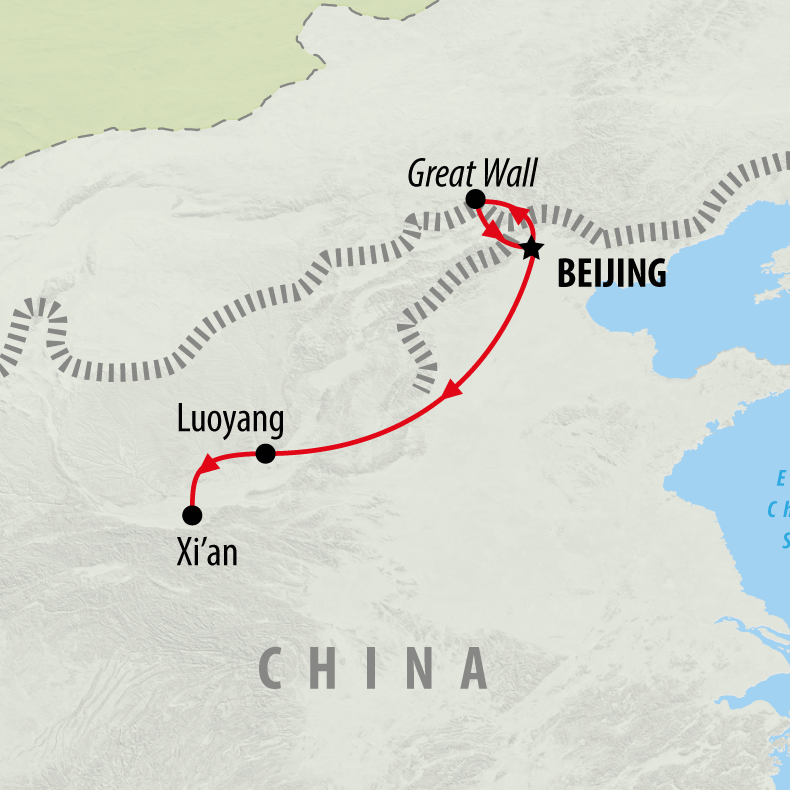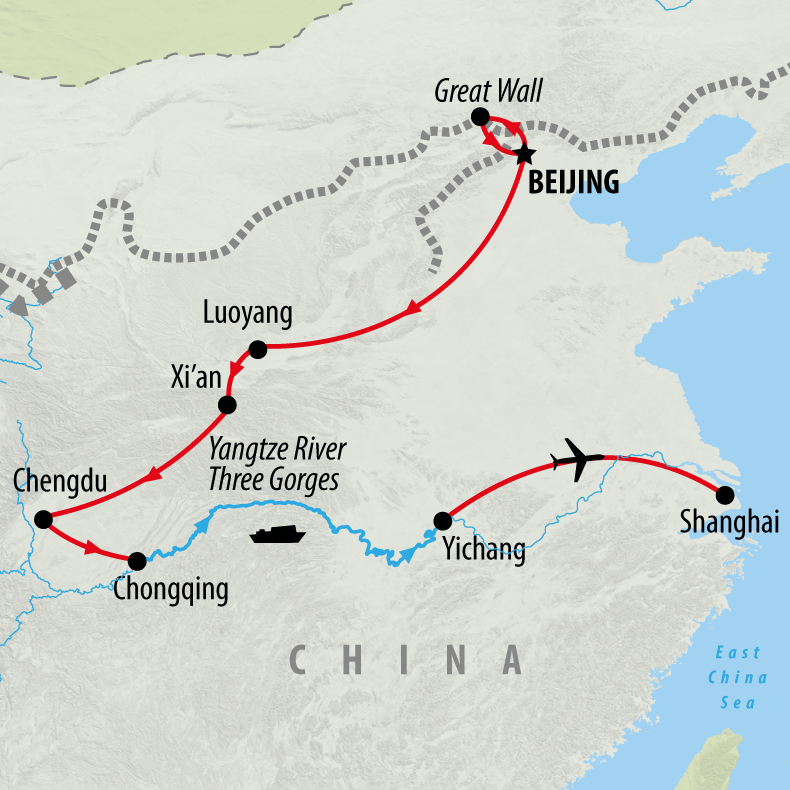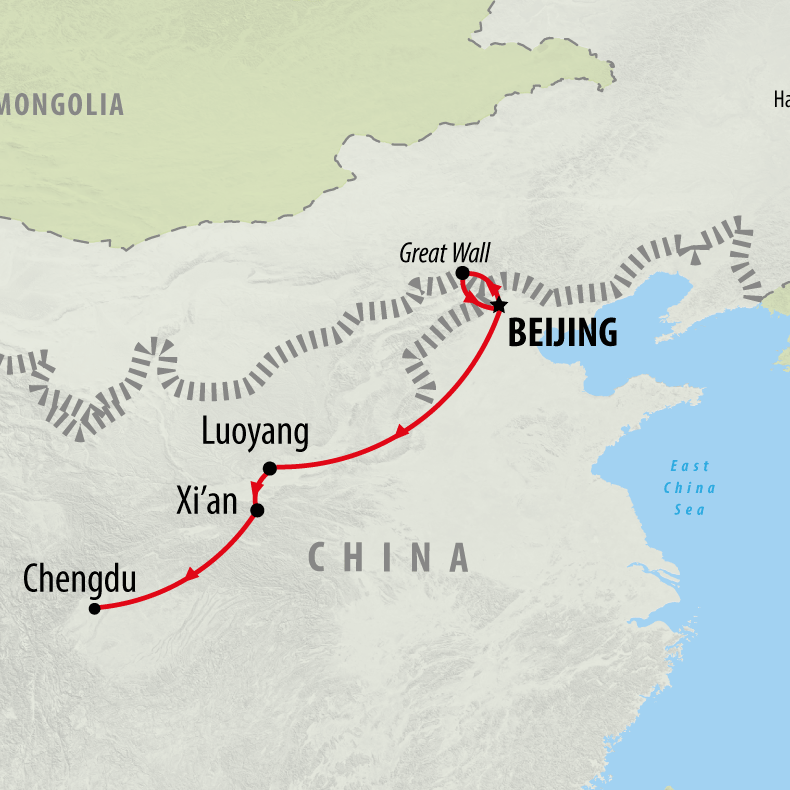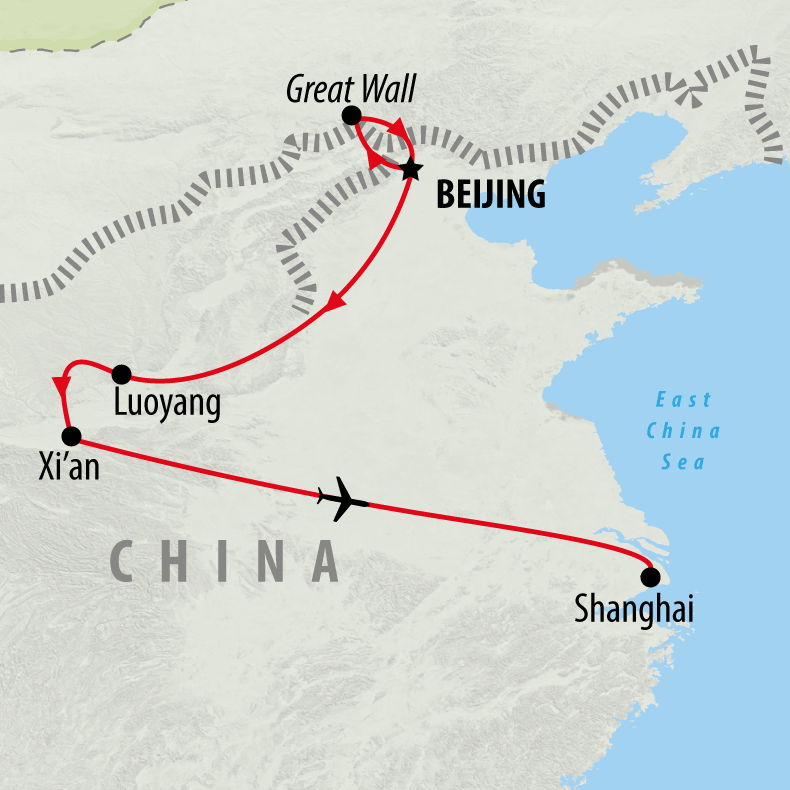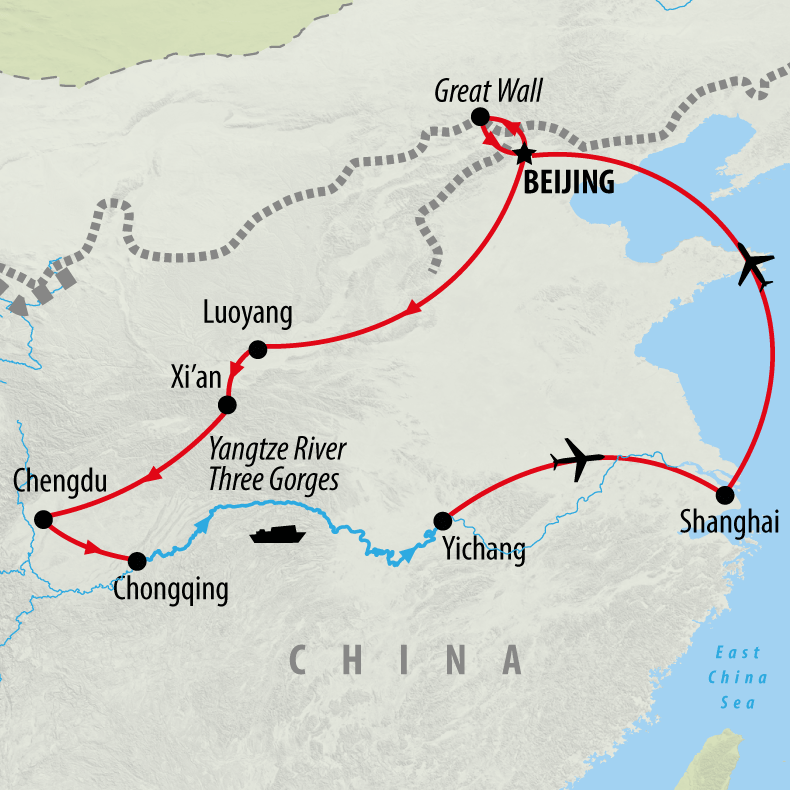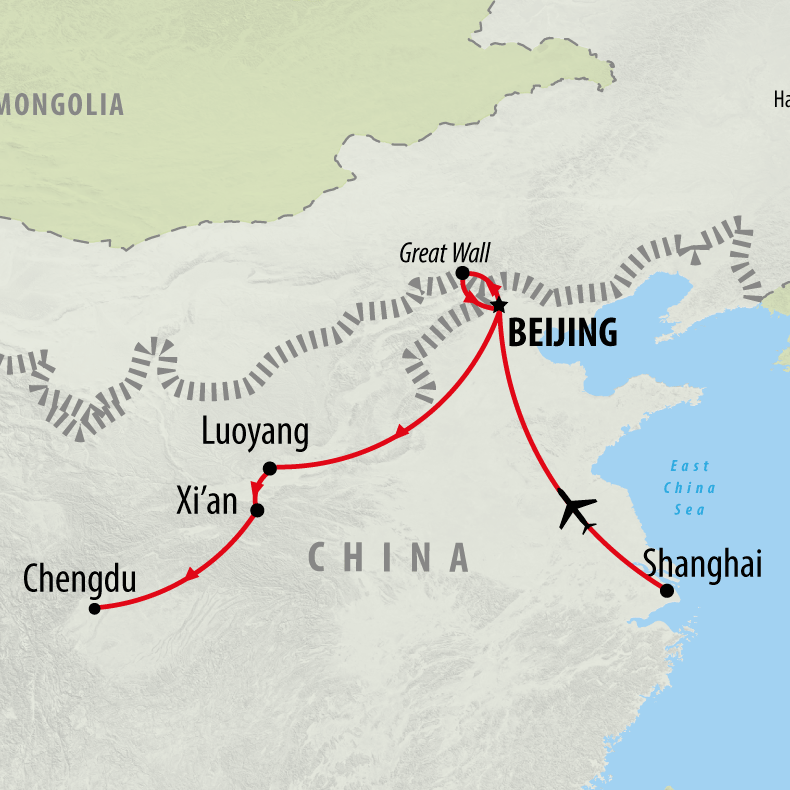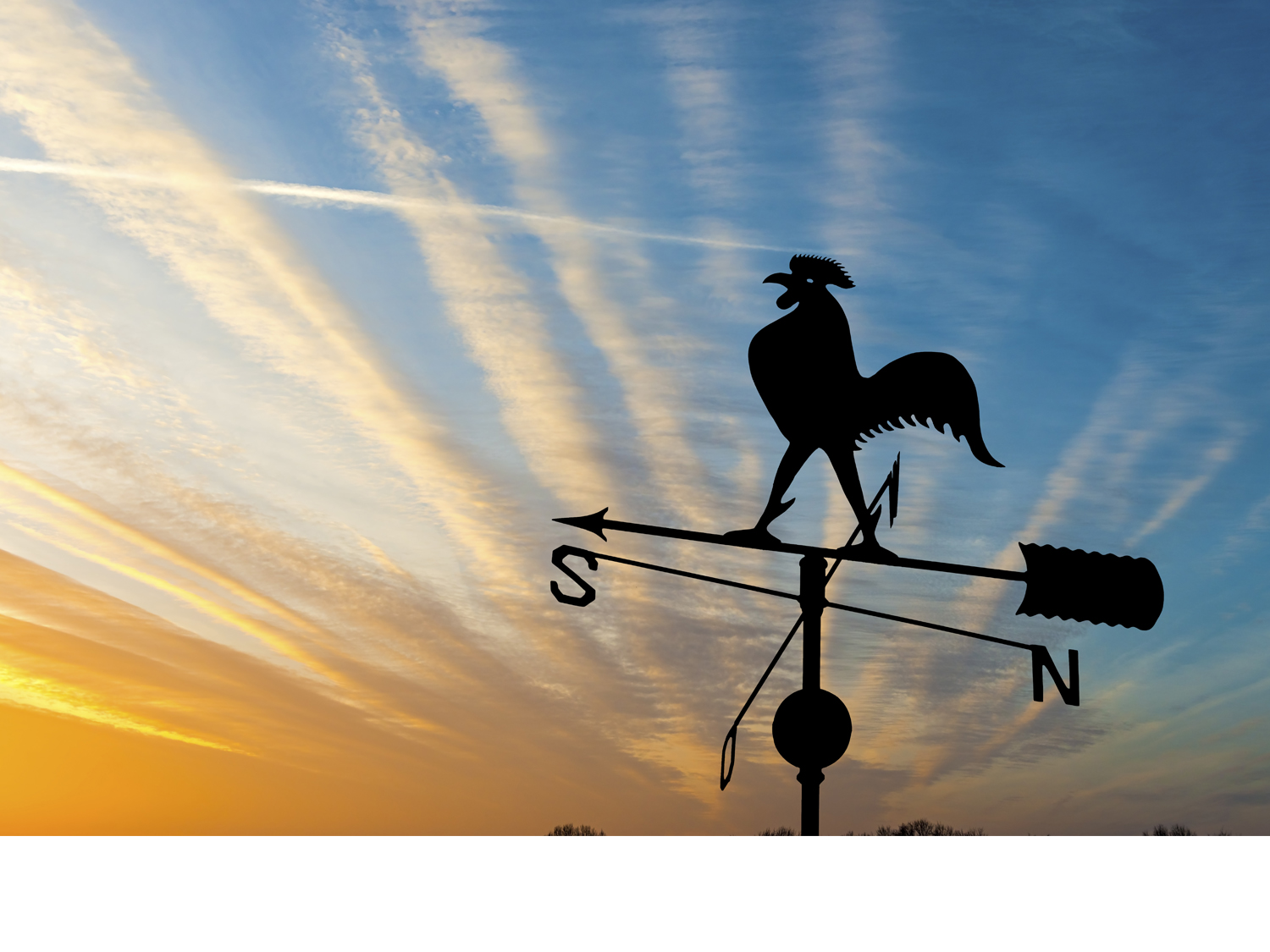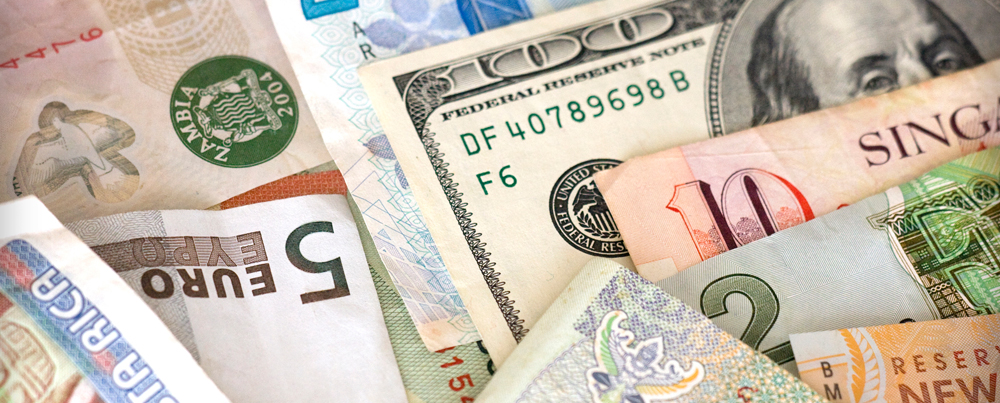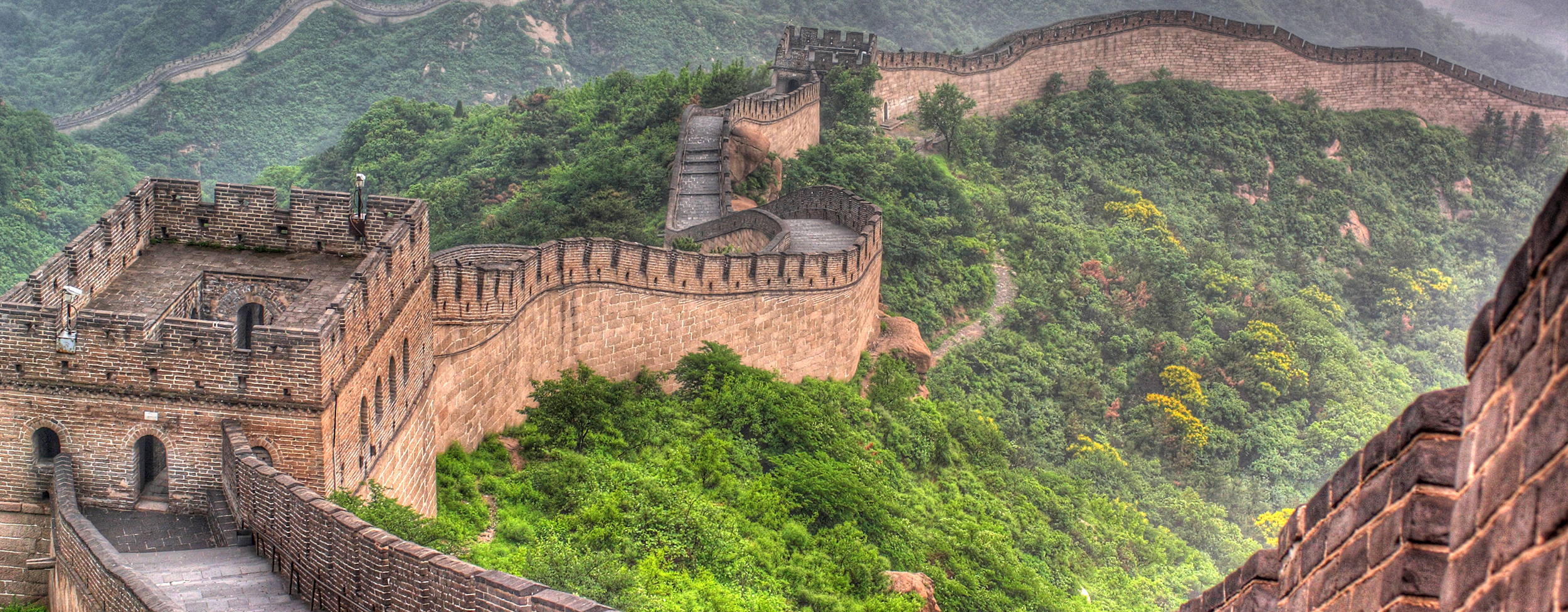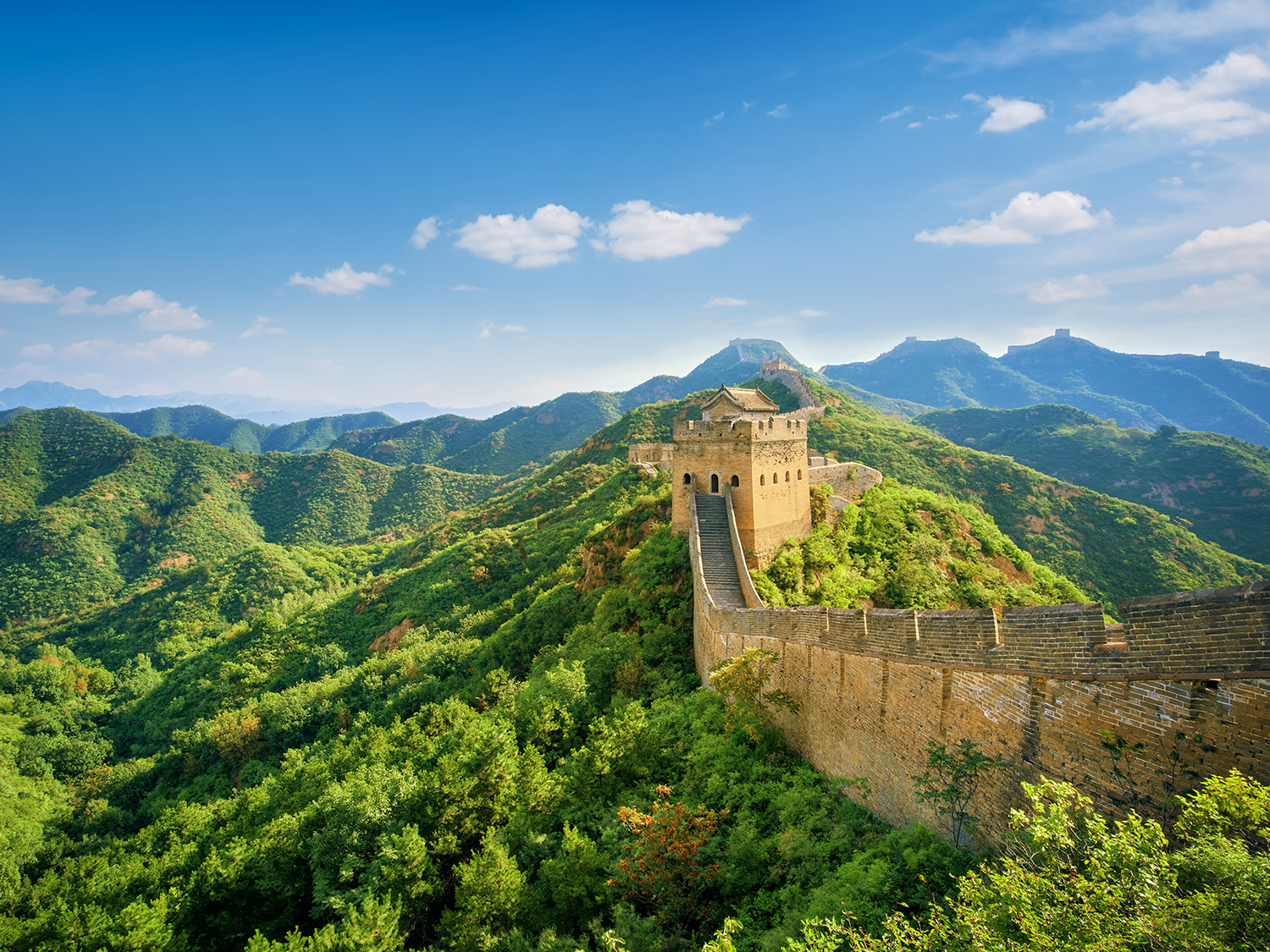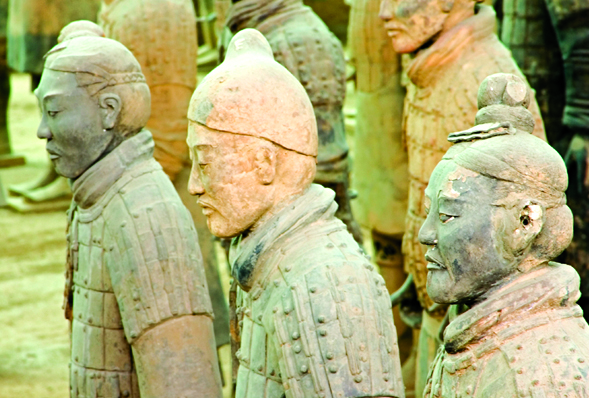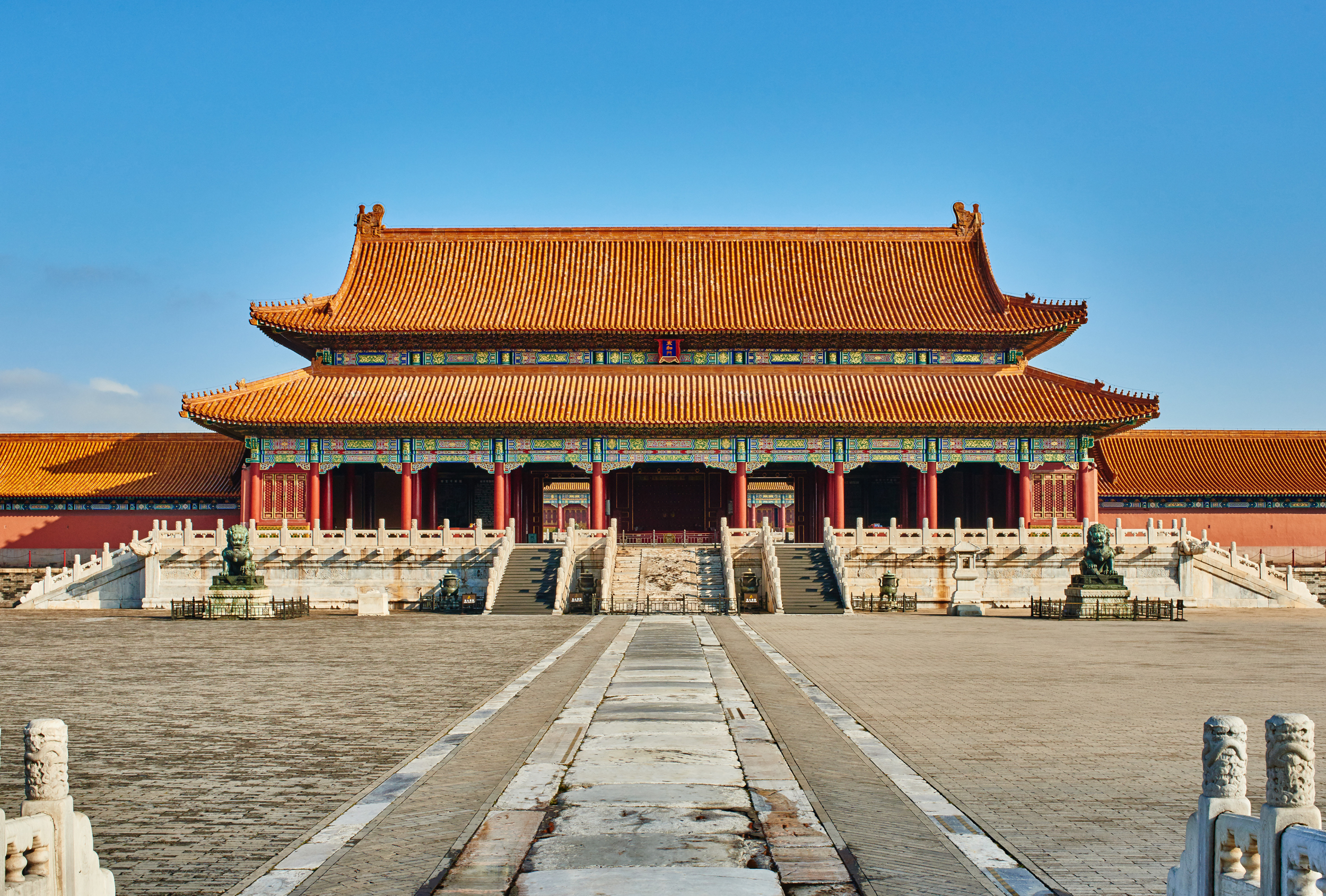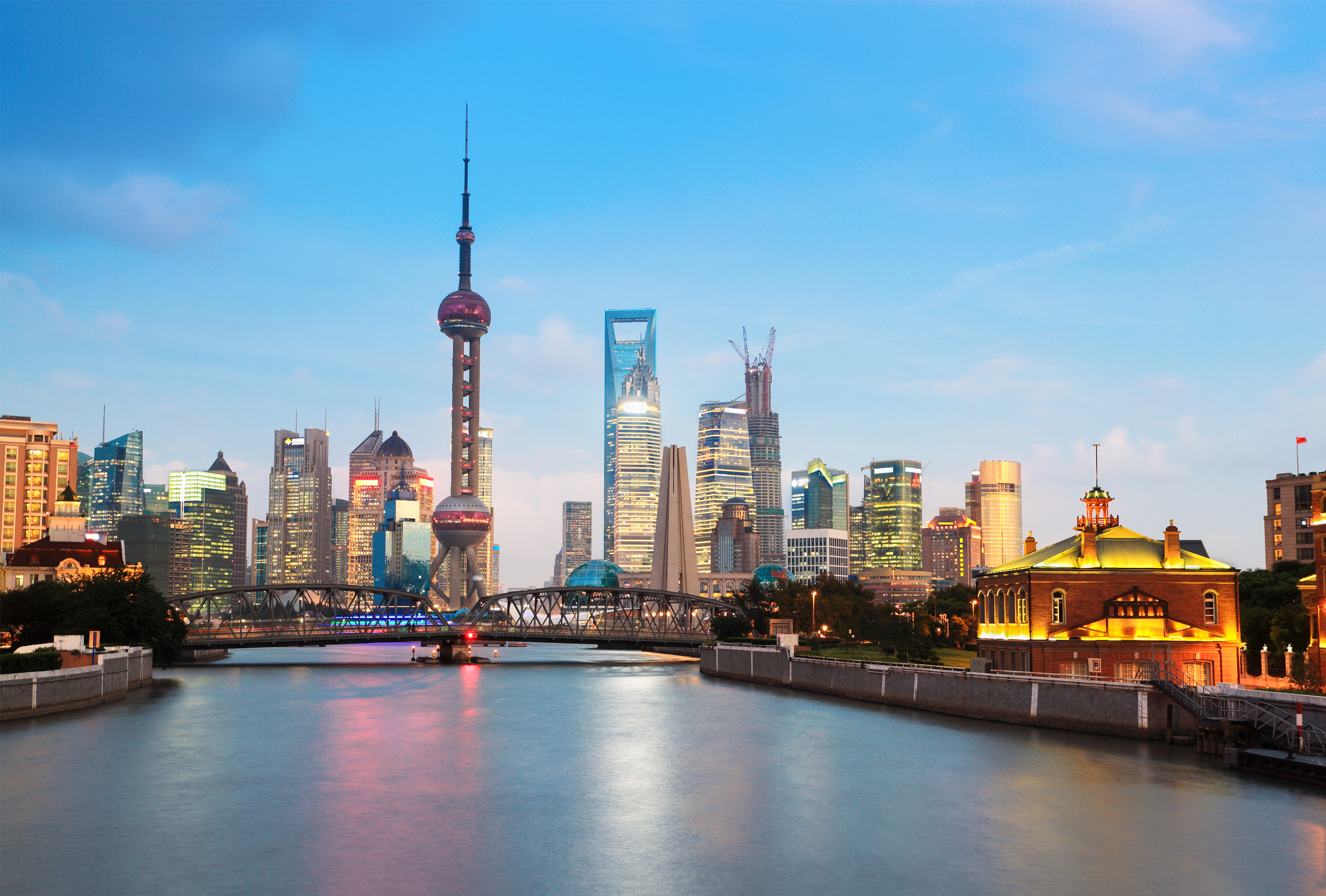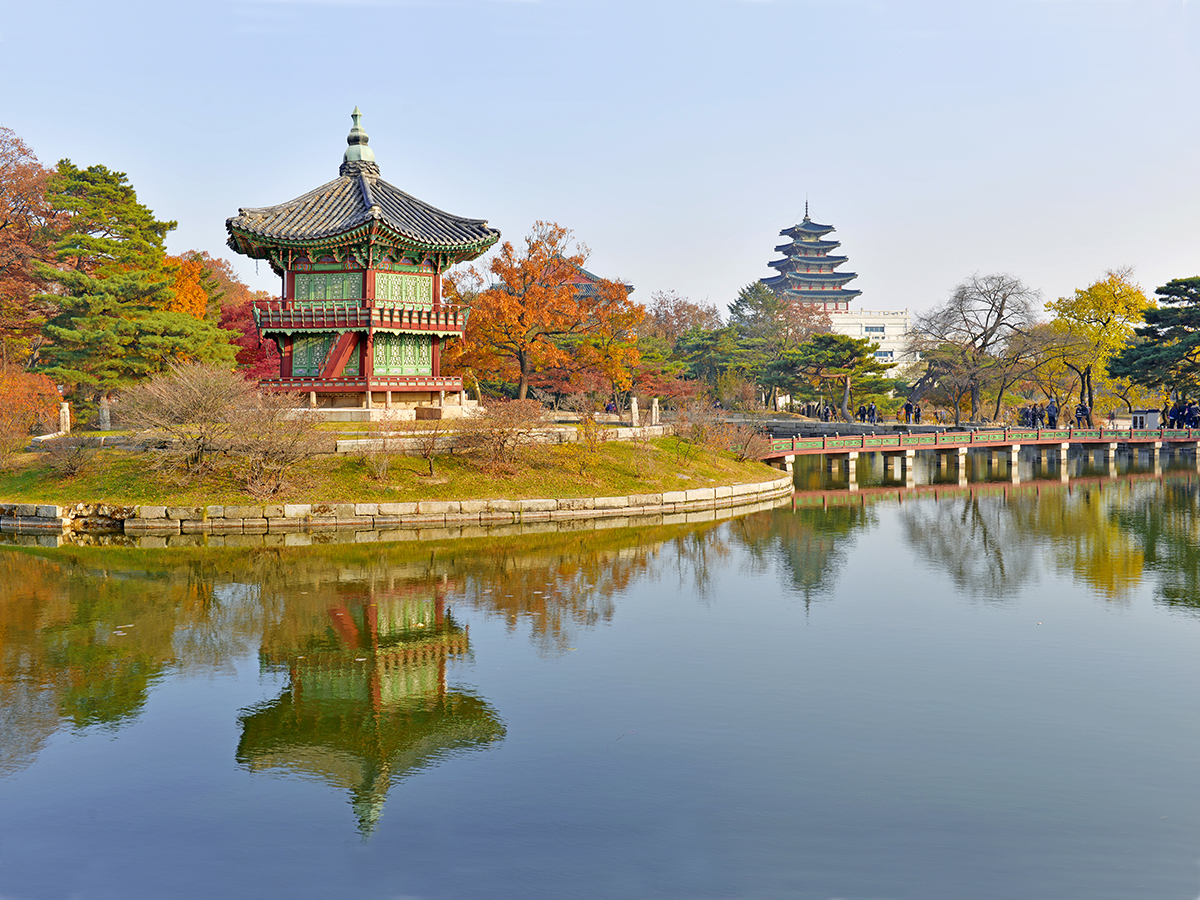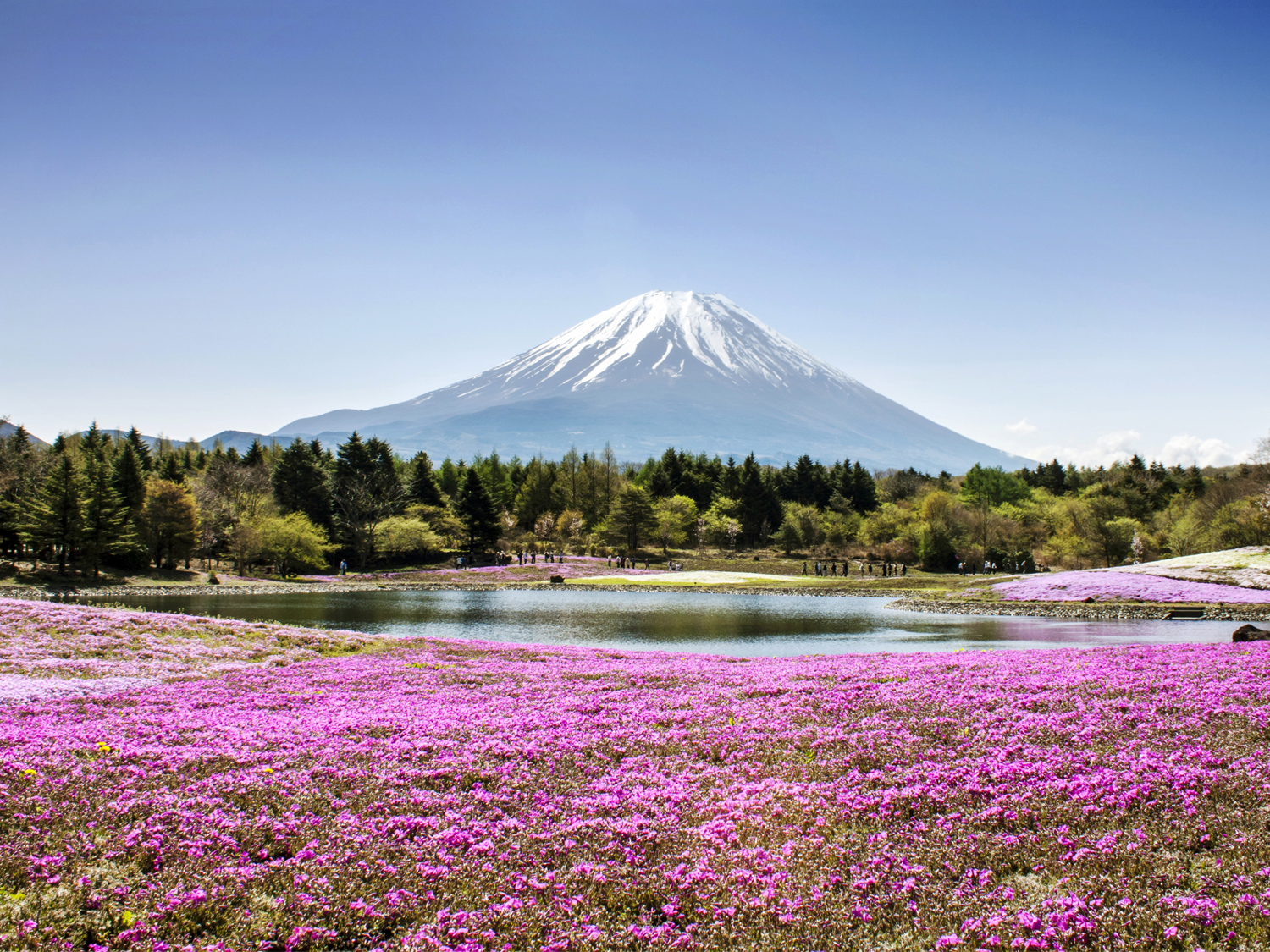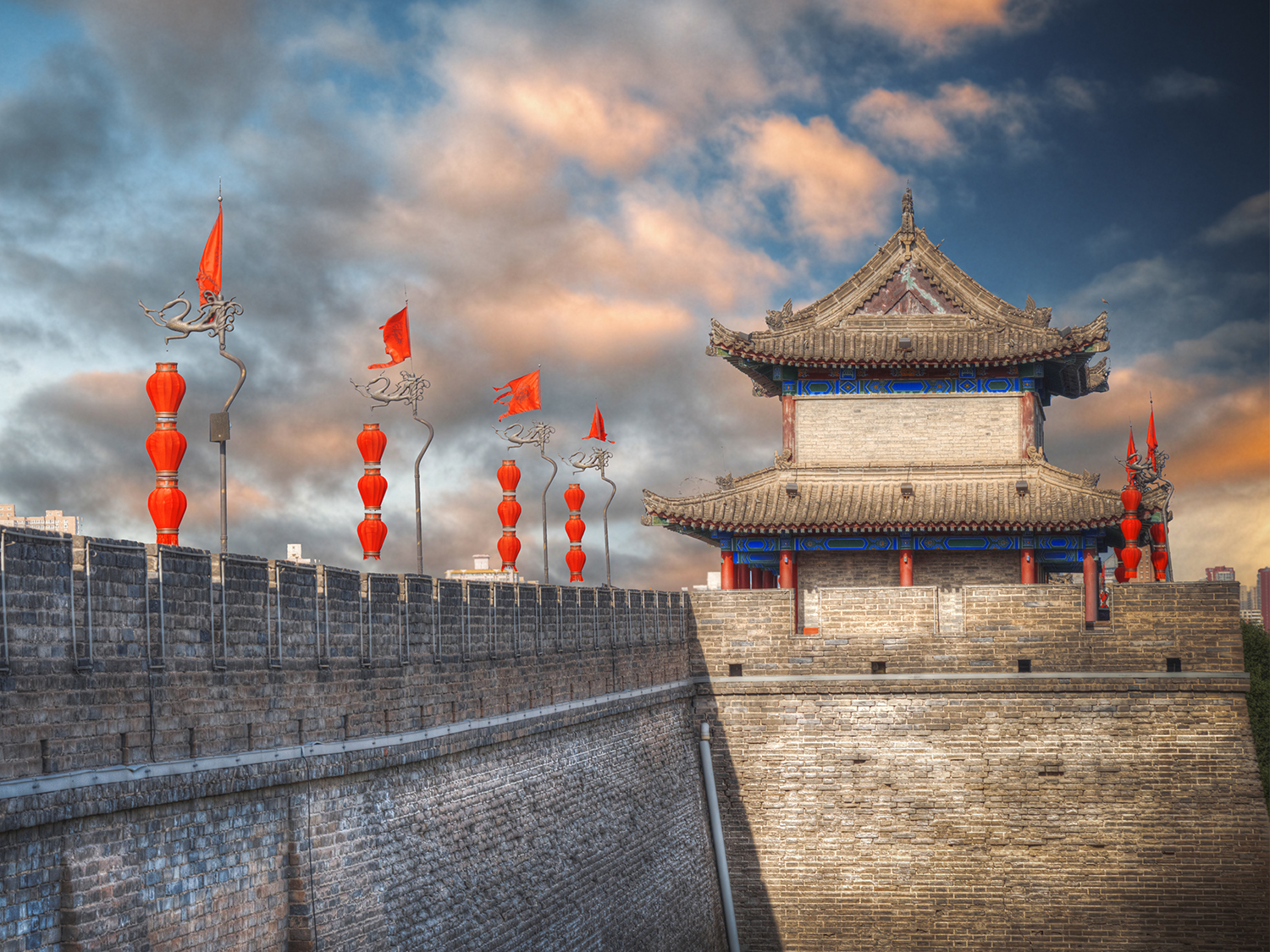Trips and Tours to Xi'anHome to the famed Terracotta Warriors, take a group tour to one of China's most historic cities
When do you want to go?
2024
I'm flexible
Passengers
Adults (18+)
Children (0 - 17)
Visit Xi'an
Known as Chang’an in ancient times, Xi’an’s history spans more than 3,000 years having served as the capital city for 13 dynasties throughout the ages. After its decline in the 10th century, the city fell into obscurity until the discovery of Emperor Qin’s army of 2,200-year-old Terracotta Warriors in 1974. Now firmly on China's tourist trail, Xi'an provides visitors with a wealth of historical heritage and a world-renowned star attraction. Xi’an itself is surrounded by a well-preserved city wall, which was reconstructed during the Ming Dynasty. Since Xi’an is relatively flat, there are no steep inclines on the impressive walls, making it plenty wide enough for an elevated and enjoyable stroll or bike ride without risk of getting mown over. Other drawcards in Xi’an include the spectacularly lofty Big Wild Goose Pagoda, constructed around the 7th century to store translations of Buddhist sutras from India. There is also the smaller Little Wild Goose Pagoda, the Bell Tower and Drum Tower that are well worth the visit. The Shaanxi History Museum boasts a large and impressive collection of artefacts both ancient and modern, tracing Xi’an’s history from its early beginnings.
As the final point on the legendary Silk Road, Xi'an became a melting pot of cultures and religions, which can be felt today in the buzzing Muslin Quarter, home to several mosques and a colourful market. The Great Mosque in Xi'an is the largest mosque in China with an intriguing blend of Islamic and Chinese architecture. Founded in the 8th century, the mosque features an Arab-inspired minaret, pagodas, a large prayer hall and attractive gardens.
Tours to Xi'an
Join us on group tour of Xi’an as we explore the rich history of what was once the capital city for 13 dynasties. The city is a treasure trove of wonders from the ancient city wall that surrounds it to the famed Terracotta Warriors. As the starting point of the Silk Road and one of China’s Four Great Ancient Capitals, Xi'an boasts iconic landmarks that you can discover on a guided tour. See the Big Wild Goose Pagoda, a symbol of Buddhist heritage, and the bustling Muslim Quarter, where you can savour diverse local delicacies and experience the vibrant blend of Han and Hui cultures. Exploring Xi'an with a knowledgeable guide enriches your visit, providing historical context and insights that bring the city’s fascinating past and vibrant present to life.
What to expect when visiting Xi'an
When visiting Xi'an, you'll encounter a city steeped in rich history and vibrant culture, offering a fascinating glimpse into China's ancient past. As one of the country’s Four Great Ancient Capitals, Xi'an is renowned for its profound historical significance and remarkable archaeological sites. The highlight of any visit is the Terracotta Army, an extraordinary collection of life-sized clay soldiers and horses buried for over 2,000 years, discovered in 1974. This UNESCO World Heritage site provides a remarkable window into the grandeur of the Qin Dynasty. The ancient city wall, which remains remarkably well-preserved, encircles the old town and offers a unique opportunity to walk or bike along its ramparts, providing panoramic views of Xi'an’s blend of traditional and modern landscapes. Xi'an is also home to the Big Wild Goose Pagoda, an iconic symbol of Buddhist culture, and a testament to the city’s historical role as a major Buddhist centre during the Tang Dynasty.
Exploring Xi'an’s Muslim Quarter reveals the city’s multicultural influences, where you can wander through bustling markets, sample diverse local foods, and experience the blend of Han and Hui cultures. The Shaanxi History Museum showcases a rich collection of artifacts that narrate the region’s long and varied history. Expect a city that combines its ancient legacy with a dynamic, contemporary atmosphere. Xi'an’s warm hospitality, vibrant street life, and historical depth make it a compelling destination, where every corner tells a story, and each visit uncovers new layers of its historical and cultural heritage.
What to do in Xi'an
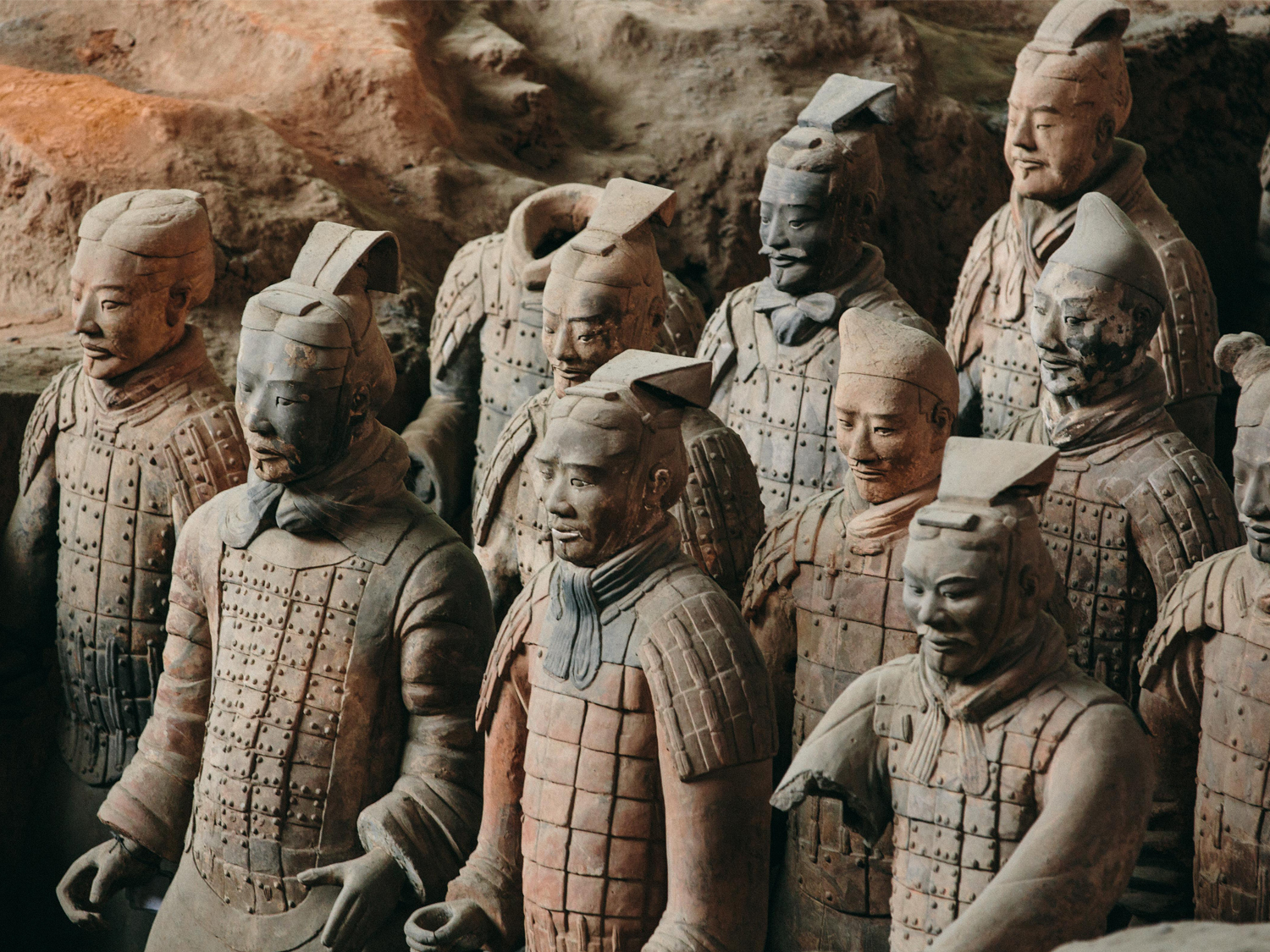
See the Terracotta Warriors
Seeing the Terracotta Warriors in Xi'an is an awe-inspiring experience, offering a glimpse into one of the most significant archaeological discoveries of the 20th century. As you step into the excavation pits, you'll be confronted with thousands of life-sized clay soldiers, horses, and chariots, meticulously crafted over 2,000 years ago to protect Emperor Qin Shi Huang in the afterlife. Each warrior is unique, with distinct facial features, hairstyles, and armour, showcasing the artistry and craftsmanship of ancient China. The scale and detail of the army are overwhelming, reflecting the immense power and ambition of China's first emperor. The museum offers visitors insight into the construction, history, and ongoing excavation of the site, making it both a fascinating and humbling experience. Visiting the Terracotta Army is not only a journey into China's imperial past but also a testament to its enduring legacy of innovation and culture and is truly not to be missed.
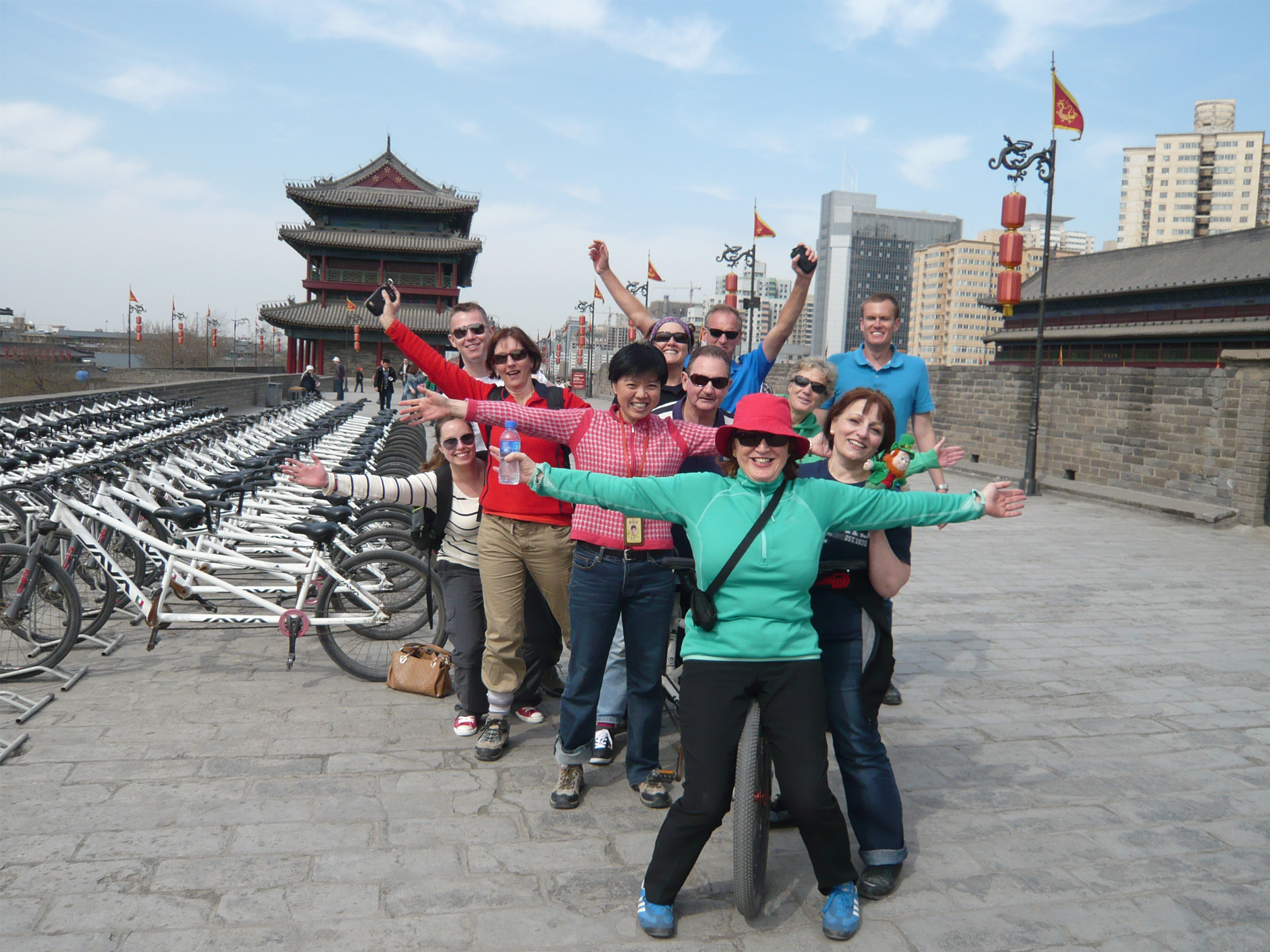
Walk along the Ancient City wall
Visiting the Xi'an Ancient City Wall offers a remarkable journey back in time, allowing you to explore one of the most well-preserved city defences in China. Built during the Ming Dynasty in the 14th century, the massive wall stretches for 13.7 kilometres (8.5 miles), encircling the old city with its towering ramparts, watchtowers, and gates. Walking or biking along the top of the wall provides stunning panoramic views of Xi’an’s evolving skyline, where ancient buildings meet modern skyscrapers. The wall’s grand scale and intricate architecture offer insight into its historical role in protecting the city during ancient times. As you explore, you’ll pass through important landmarks like the South Gate, the most impressive and frequently used entrance, which is often the site of cultural performances and festivities. The experience of traversing the wall immerses you in the city's long-standing history, offering a unique perspective on Xi’an’s rich cultural heritage.
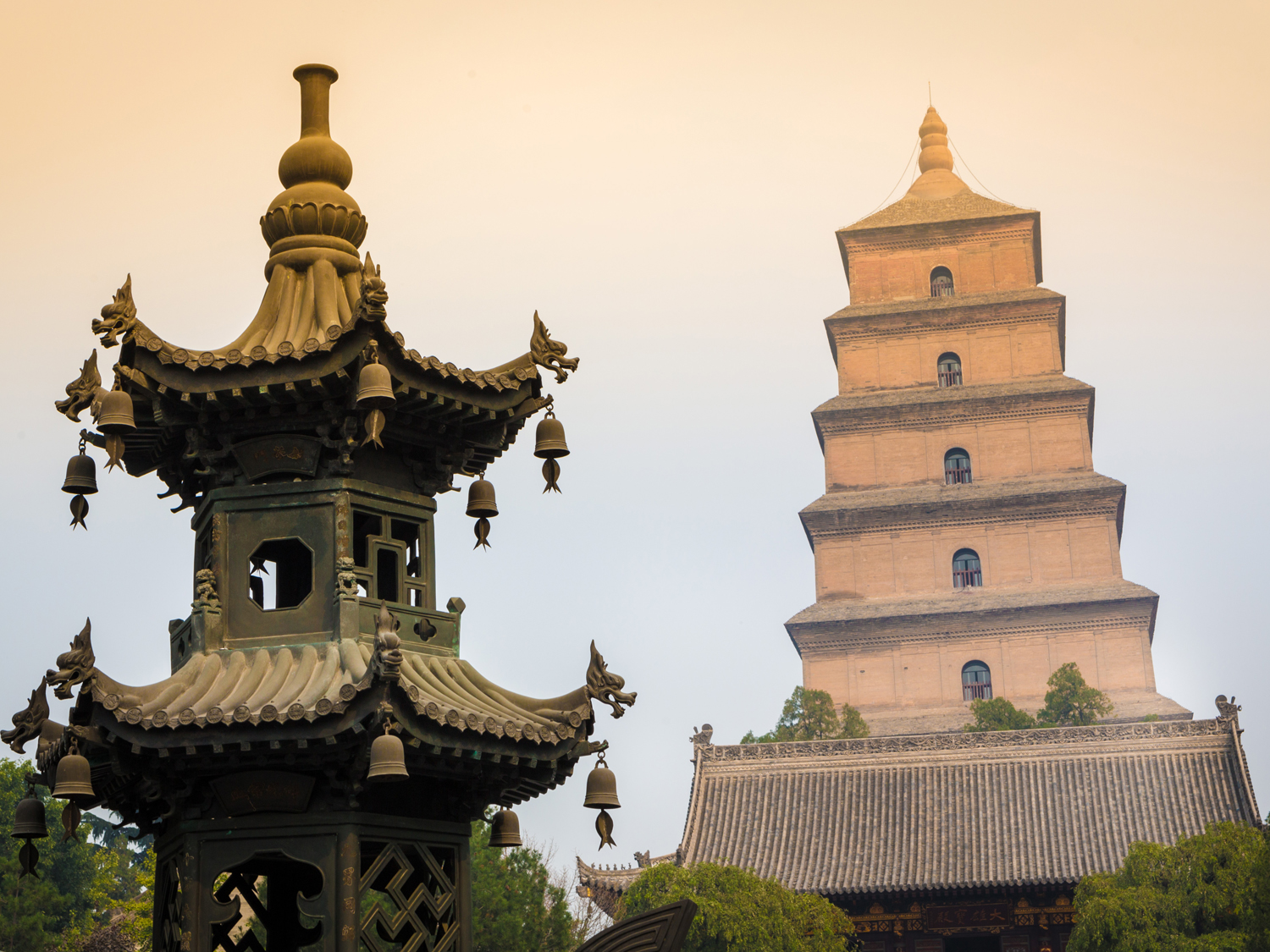
The Small Wild Goose Pagoda
The Small Wild Goose Pagoda is a peaceful pagoda where you can pay your respects and gain a deeper insight into the culture of China. Set within the tranquil surroundings of the Jianfu Temple, the pagoda was built during the Tang Dynasty (707 AD) and is an important symbol of Buddhist heritage in China. The pagoda stands as a more intimate counterpart to its larger sibling, the Big Wild Goose Pagoda, also in Xi’an. The 15-story structure, though weathered and slightly cracked from earthquakes, retains its elegant and symmetrical design, which reflects the architectural brilliance of ancient Chinese craftsmanship. Climbing the pagoda rewards you with stunning views of the surrounding gardens and temple grounds, creating a serene contrast to the bustling city. As you explore the nearby Xi'an Museum, located within the same complex, you can gain further insight into the rich cultural and religious history that has shaped Xi'an for centuries.
When is the best time to visit Xi'an?
The best time to visit Xi’an is during the spring and autumn. During these seasons, the weather is mild and comfortable, with temperatures ranging from 15°C to 25°C (59°F to 77°F), making it ideal for exploring the city’s historical sites and outdoor attractions. In spring, you’ll enjoy blooming flowers and pleasant temperatures, perfect for strolling along the ancient city wall or visiting the Terracotta Army without the summer crowds. Autumn, with its crisp air and clear skies, offers similarly favourable conditions, along with beautiful foliage in the parks and gardens. These months also avoid the extremes of Xi'an's hot, humid summers and cold, dry winters, ensuring a more comfortable and enjoyable visit.
Conclusion
Visiting Xi’an on a group tour provides a rich and immersive journey into one of China’s most historically significant cities. With expert guides to lead you through landmarks like the Terracotta Army, the ancient city wall, and the Small Wild Goose Pagoda, you gain a deeper understanding of the city’s pivotal role in Chinese history and culture. A group tour ensures a seamless experience, allowing you to cover the city’s must-see attractions while sharing the journey with fellow travellers. Whether you’re exploring bustling markets in the Muslim Quarter or marvelling at centuries-old temples and pagodas, Xi’an’s unique blend of ancient wonders and vibrant local life creates a memorable and enriching travel experience.
Frequently asked questions
What currency is used in Xi’an?
The currency in Xi’an is the Chinese Yuan (CNY), also known as Renminbi (RMB). Credit and debit cards are widely accepted in most hotels, restaurants, and shops, but it’s a good idea to carry cash, especially when visiting markets or smaller establishments.
What are the must-see attractions in Xi’an?
Some of Xi’an’s top attractions include the Terracotta Army, the Ancient City Wall, the Big and Small Wild Goose Pagodas, the Bell and Drum Towers, and the lively Muslim Quarter. For history enthusiasts, the Shaanxi History Museum is a must-visit to explore the region's rich past.
Is English widely spoken in Xi’an?
While English is not widely spoken, our tour guides are always fluent in English. If you are exploring the city without the guide it is advised to download a translation app to help you communicate with the locals.
What food should I try in Xi’an?
Xi’an is famous for its Shaanxi cuisine, particularly in the Muslim Quarter, where you can try local specialties like biang biang noodles, roujiamo (Chinese hamburger), and yangrou paomo (lamb stew with flatbread). Xi’an dumplings and pomegranate juice are also popular choices.
China travel guides
Highlights of China
Our top picks of things to see and do in China!
The Great Wall
Stretching for more than 20,000km from the Yellow Sea in the eats to the Gobi Desert in the west, the Great Wall of China is known around the world and is a major factor in many people's decision to visit China. Dating back more than 2,300 years, the UNESCO-listed wall measures 7 metres in width and 6-14 metres in height with over 25,000 battlements snaking a path along precarious mountain ridges and thick forests.
See pandas in Chengdu
Known for being absolutely adorable, Great Pandas are endemic to china making it the perfect place to see them in their natural habitat. Watch them as they play, sleep and wander around their conservation sites and learn all about China's effort to increase the panda population to stop these beautiful bears from going extinct.
The Terracotta army in Xi'an
In 1976 three farmers near the city of Xi'an were digging a well and in doing so discovered one of China's greatest treasures - Emperor Qin's 7000-strong terracotta army. Believed to have been made 2200 years ago these life-size warriors stand in military formation in excavated pits under the cover of a modern protective hanger. Made of local clay, no two faces are alike – each is said to be an individual portrait.
Beijing
Capital of the People’s Republic, Beijing is China’s political, economic and cultural centre. With a chequered history, Beijing was established in 1045 BC and for 800 years served as the capital of several dynasties. At first glance Beijing can appear as nothing more than a modern cosmopolitan city with soaring skyscrapers, sprawls of apartment blocks and a crisscross of freeways. But hidden amid the concrete and glass one can still find remnants of the city’s past and evidence of traditional Chinese culture still practised today.
Shanghai
Buzzing with energy and activity from its gleaming sky scrapers all the way to its charming Old Town, the mega city of Shanghai epitomises China’s meteoric rise to global power status. Everywhere you look, there is something to do, see or buy, and you're unlikely to ever find yourself having a dull moment during your stay.
Guilin
Renowned for it’s striking, if bizarre scenery - vast areas of karst limestone outcrops that rise up from flat rice paddy fields, and beautiful pagodas, Guilin is often the subject of Chinese painting. On our tours that travel to Guilin, we will visit the enormous and dazzlingly beautiful Reed Flute Caves. The city is filled with a delicious fragrance of Sweet Osmanthus trees and indeed this is the meaning of the name Guilin - "forest of Sweet Osmanthus".
Our customers say
Excellent
4.4 out of 5 based on 275 reviews

